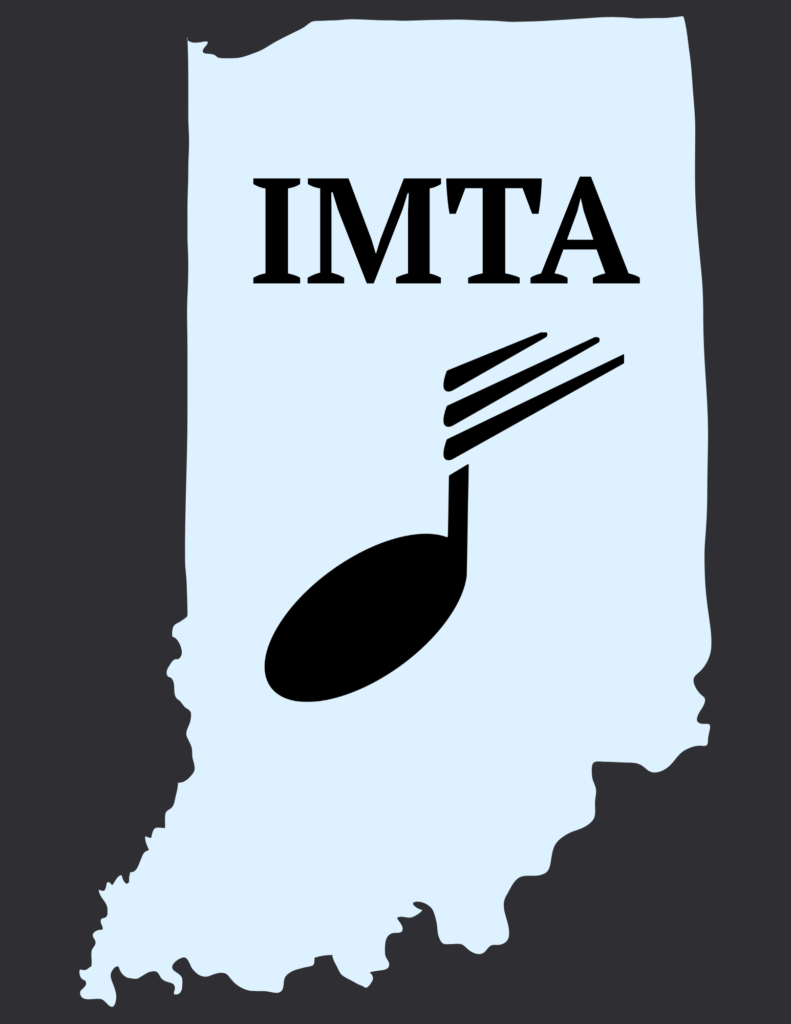By Nancy Spahr, NCTM
Attending the 2014 MTNA Conference in Chicago was a great experience! There were so many interesting and enriching sessions available that it was difficult to decide which to go to. Many of the Exhibitor Showcase sessions were packed, with standing room only for latecomers. Some of the showcases offered free packets of materials to attendees, and we were eager to take these home. It took me a long time to make my way through the Exhibit Hall; there were so many innovative products I had never heard of as well as lots of helpful information relevant to my work as a piano teacher. The concerts were outstanding, from the exciting performances by the young winners to Spencer Myer’s thrilling recital. Also invigorating were the many conversations with other teachers. Although tired afterwards, I felt excited, enthused, and full of new ideas and plans for incorporating them.
My main goal in attending the conference was to gather information and ideas to improve my teaching. In particular, I wished to become more knowledgeable about technology in general and find some specific ways to incorporate it in my studio as well as to find some ways to help my students feel more energized and successful at the piano.
I attended some sessions regarding technology, but what I became most enamored with was an iPad app called Piano Maestro (formerly Piano Mania). Students are able to play directly from a piano (no additional wires or cables necessary) as music scrolls across the screen. The student is ranked for note and rhythm accuracy, so it is a great sight reading tool. It also has a “learn” feature that helps students work with new pieces. In addition, there is a library of material that includes music from a variety of genres, exercises, and the Alfred Premier and Piano Pronto methods. Students can purchase the app for their home iPads and link to the teacher’s account. The teacher can then view their progress at home as well as send “Home Challenges.” As the student works with the app, he can rack up points (stars) that help him advance in ranks, video game style. This really appeals to my students and keeps them at the piano longer than they might otherwise stay. In several months or a year I’ll evaluate the long-term benefits. Meanwhile my students seem to be having lots of fun playing the piano.
I also went to several sessions regarding practicing. It was interesting to hear about new research as well as a variety of techniques that might be beneficial to both my students and me. Perhaps the best organized and most practical session I attended was presented by Hans Boepple and entitled simply, “On Practicing.” Here are some of the gems I took away from the session:
- Main purposes of the lesson are to: 1) assess progress and 2) plan for the next week’s goals and practice.
- How can we make the best use of our practice time? Three priorities to keep in mind are budgeting the available time, prioritizing within that time, and balancing the various elements included in the practice to maximize accomplishment.
- To develop technical facility Hans suggests that ¼ of each practice day be spent on technique. He considers MM=under 120 to be slow, MM=120-160 to be medium speed, and MM=160 and above to be fast. A student who works at technical exercises for 30 minutes/day for a year could accomplish big things.
- As a young student Hans found his teacher covered all his music with large numbers of markings and directives. One day he decided to see if he could find a way to reduce those. He noticed that most comments related to four concisely stated ideas: 1) Do what the music says to do. 2) Play it accurately. 3) Bring out the melody. 4) Shape the melody. Once he started addressing each of these on his own, the markings became many fewer.
- He suggested the following order to work on a new piece: 1) Count out loud; 2) Exaggerate the melodies (too much at first); 3) Follow all the dynamics; 4) Add pluses and minuses to each note in a phrase to work on shaping it.
- A few specific suggestions for working on thorny sections: 1) Figure out what is hard about it and then make it harder. 2) Repeat short passages without stopping. 3) Accent different notes (e.g., the last) in a passage.
This was my first MTNA Conference. Always before, I had shied away from spending the time and money to travel a significant distance. With the conference as close as Chicago, I knew I couldn’t pass up the opportunity. I was most impressed with the breadth and scope of the offerings and disappointed that I had to choose between sessions I had equal interest in. The only way I know to deal with that is to plan to attend next year in Las Vegas. I’ve decided that it will definitely be worth the time and money!


